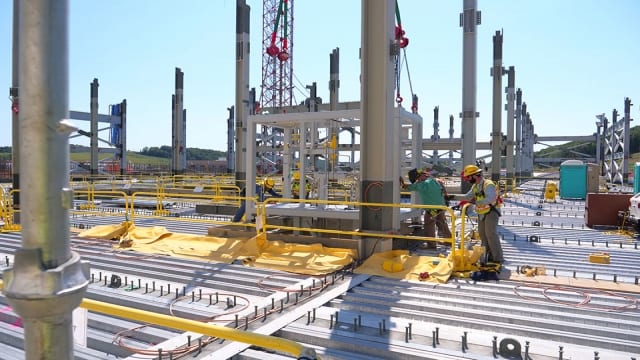
The U.S. National Nuclear Security Administration (NNSA) on Oct. 4 formalized its decision to continue building the Uranium Processing Facility in Oak Ridge, Tenn., even as the agency complies with a federal court order to conduct an additional environmental review…